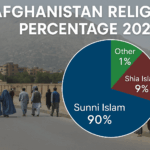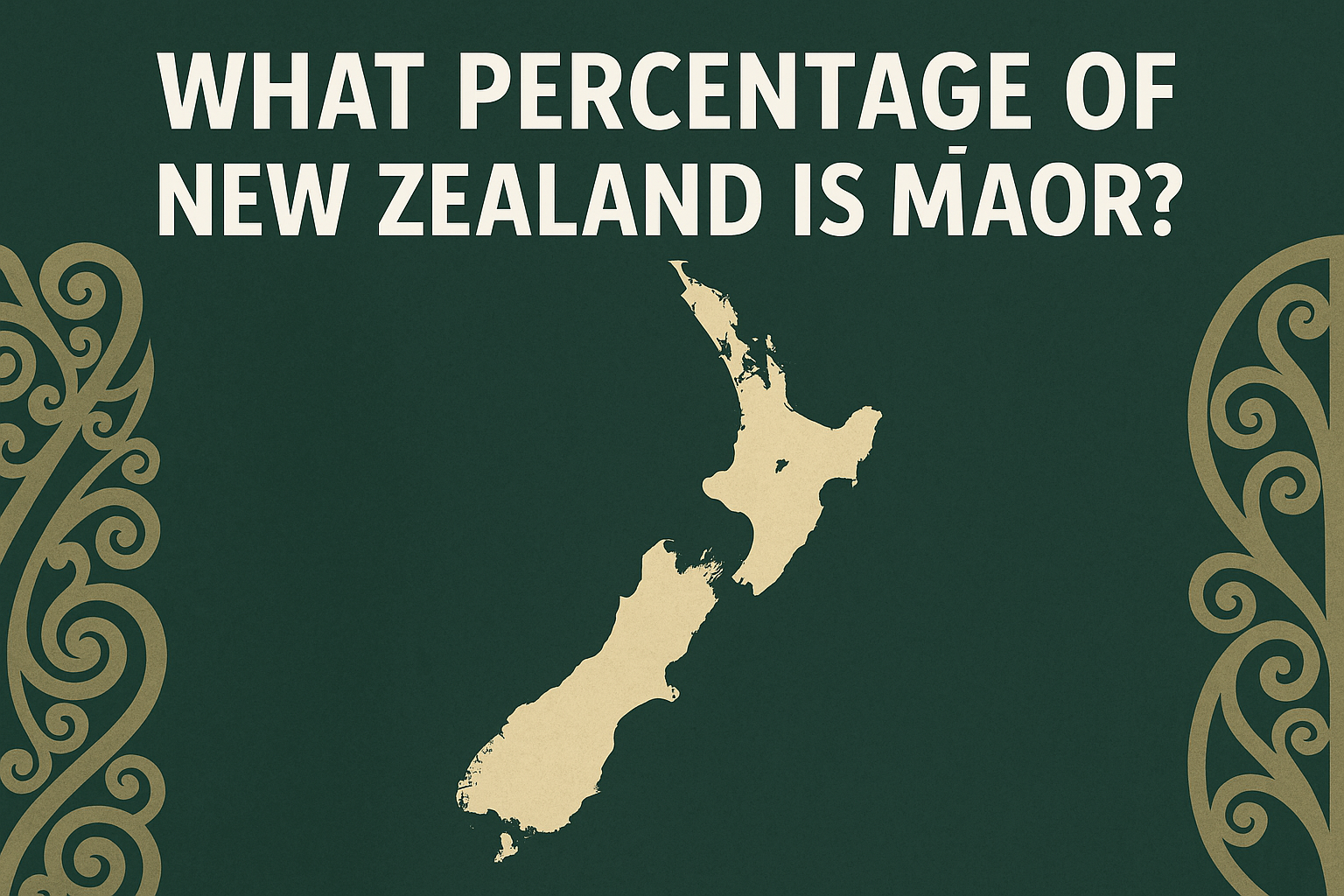Afghanistan has been through decades of conflict. That history shapes everything—including its crime rate. In 2025, understanding Afghanistan’s crime rate is more than just looking at numbers. It’s about understanding life, safety, and justice in one of the world’s most complex regions.
Let’s break it down in simple terms.
Current Crime Rate in Afghanistan (2025)
As of 2025, Afghanistan’s crime rate is relatively low in some official reports. But don’t be fooled. Low doesn’t always mean safe.
Many crimes go unreported. There’s limited access to justice in many areas. People often settle disputes privately or through tribal systems instead of courts.
Key estimates include:
- Violent crime: Still present, especially in unstable regions.
- Theft and robbery: Less frequent in rural areas, more in urban settings.
- Corruption: Still widespread in daily life and government.
Crime Categories: What’s Common?
Here are the most common types of crimes in Afghanistan in 2025:
Violent Crimes
This includes:
- Assault
- Kidnapping
- Armed robbery
- Murder (especially in regional disputes)
Property Crimes
- House break-ins
- Car theft
- Pickpocketing (mainly in cities)
Corruption
Afghanistan still ranks high in global corruption indexes. Bribery in education, healthcare, and public services is common.
Drug-Related Crimes
Afghanistan remains a major producer of opium. In some provinces, drug trafficking is controlled by powerful local figures. Arrests happen, but enforcement is uneven.
Crime Rate by Region
Afghanistan’s crime rates vary greatly by location:
| Region | Crime Level | Notes |
|---|---|---|
| Kabul | Moderate | Some thefts, corruption, occasional attacks |
| Herat | Low to Moderate | Relatively peaceful, but smuggling persists |
| Kandahar | Moderate to High | Presence of armed groups affects safety |
| Nangarhar | Moderate | Border crimes, drug trade activity |
| Bamiyan | Low | Generally peaceful |
Crime Rate Trends: 2020–2025
Let’s compare how things have changed over the years:
| Year | Crime Rate Trend |
|---|---|
| 2020 | High in urban areas, unstable zones |
| 2021 | Decline after Taliban takeover |
| 2022 | Crimes shifted to rural justice systems |
| 2023 | Official crime reports decreased |
| 2024 | Rise in corruption complaints |
| 2025 | Mixed reports; underreporting remains an issue |
Why Are Crime Rates Hard to Track?
Good question. Here’s why tracking Afghanistan’s crime rate is tricky:
- Lack of centralized data
- Fear of reporting crimes
- Use of informal justice (tribal systems)
- Government control varies by region
So while official numbers may look low, the reality can be different—especially for women and minorities.
Afghanistan Justice System in 2025
Afghanistan’s formal justice system faces many hurdles:
- Shortage of trained police and judges
- Weak legal infrastructure
- Heavy reliance on Sharia law and customary law
Informal tribal courts, called jirgas, handle most local disputes. But their rulings aren’t always fair or consistent.
How Crime Affects Women and Minorities
In 2025, Afghan women face significant challenges. Many crimes against them—including domestic violence—go unreported.
Ethnic and religious minorities may experience:
- Discrimination
- Limited access to justice
- Higher rates of targeted violence in some regions
Has Crime Increased or Decreased Since the Taliban Returned?
Many international observers believe:
- Some crimes like theft and drug offenses have dropped.
- Others, like political violence and gender-based violence, have increased.
- Public safety feels better in certain areas but worse in others.
So, is the crime rate increasing in Afghanistan in 2025? It’s complicated.
How Afghanistan Compares Globally
When compared globally:
- Afghanistan has a lower reported crime rate than many countries.
- But it has higher unreported crimes, especially in areas with no press or oversight.
- Transparency and accountability remain major concerns.
Is It Safe to Visit Afghanistan in 2025?
For tourists and foreigners, travel is strongly discouraged in many parts of Afghanistan due to:
- Risk of kidnapping
- Political instability
- Limited emergency services
NGO workers and diplomats often move with armed escorts or under tight security protocols.
Government & International Efforts to Reduce Crime
There are efforts happening, such as:
- Local policing initiatives
- Legal reform (slow progress)
- Community policing in select districts
- International pressure to improve human rights and justice access
However, the results are mixed. Afghanistan’s crime rate won’t change overnight.
Quick Facts: Afghanistan Crime Rate 2025
- Most crimes are unreported
- Corruption is common
- Women face high risk of abuse
- Drug crimes continue in certain provinces
- Low crime rates may reflect poor data—not actual safety
Final Thoughts
Afghanistan’s crime rate in 2025 isn’t just about numbers. It’s about people living in uncertainty. Laws, politics, religion, and survival all blend together.
The biggest takeaway?
Don’t trust low numbers alone. Behind those figures are stories of struggle, justice denied, and communities doing their best to stay safe.

